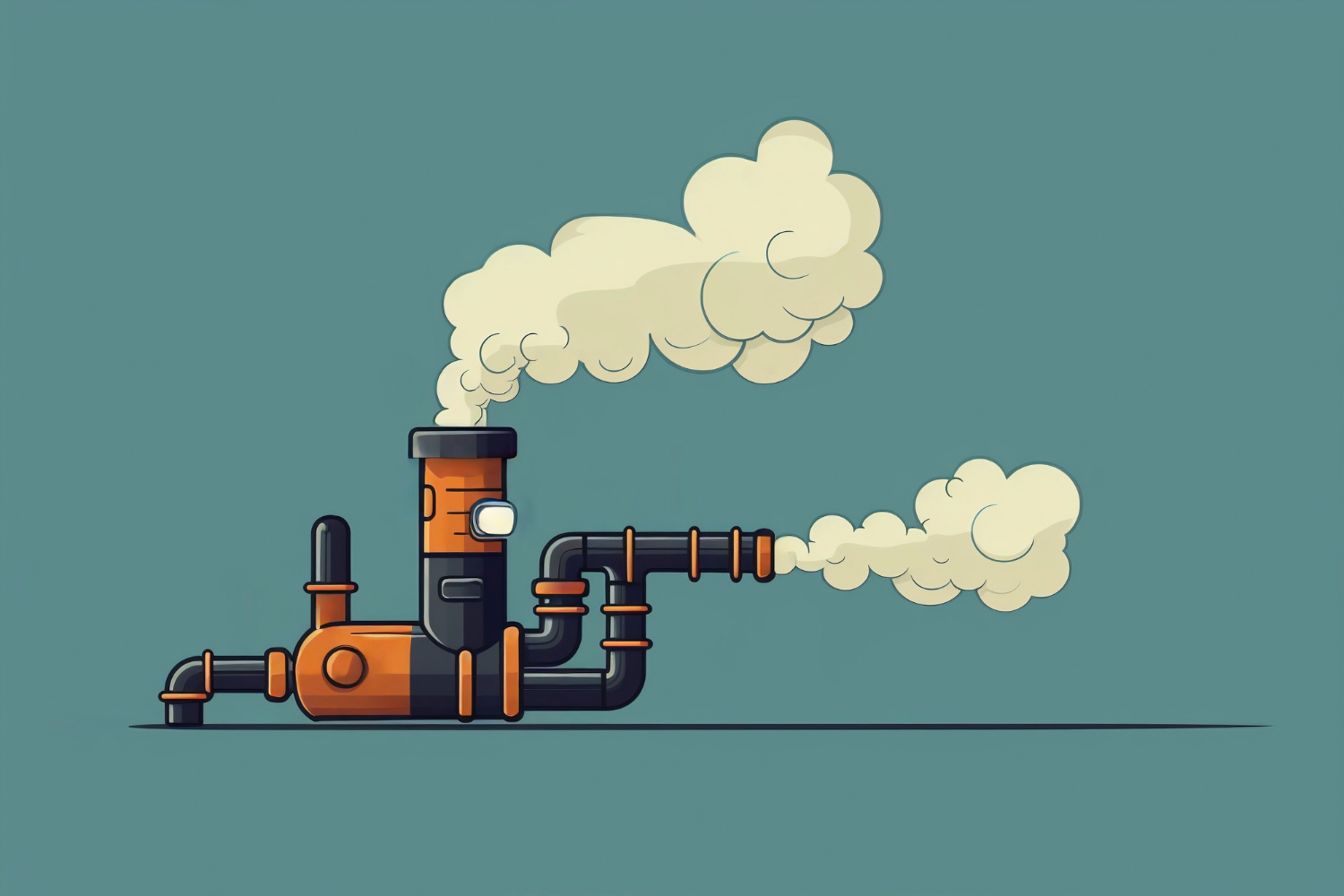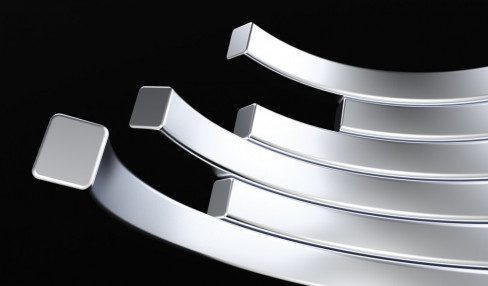Harnessing Vacuum Power: A Comprehensive Guide to Steam Ejectors

toc impalement
In the realm of engineering, steam ejectors stand as venerable workhorses, wielding the power of steam to produce vacuum levels essential for various industrial processes. In this in-depth exploration, we’ll delve into the intricacies of steam ejectors, unraveling their operational principles, componentry, diverse applications, comparative advantages, and challenges.
Function of a Steam Ejector
So how much do you know about steam ejector? What is the principle of how a steam ejector works? You need to learn more about steam ejectors, its function along with how impactful it is in the industry.
Basically, through a steam ejector you can create a vacuum within a system! The process which is the most significant one with regards to vacuuming is by injecting steam into the system at high velocity and pressure. Furthermore, the gases or the air that is inside can be expelled through this process as well.
Considering there is high velocity in the system, the gases inside do get expelled. The outcome is obviously a vacuum inside which is created from an area of low pressure. Furthermore, you should know that the steam ejector is really hot! Hence, the material that is used should have the capacity to deal with the heat!
Working Principle of Steam Ejector
Metal such as copper and steel is the best choice if you are planning to work with a steam ejector! The heat that is produced from steam ejectors with all that velocity and pressure heats up the inside of the device.
It is due to this reason that the inside of the device is made with metal to ensure reliability and durability. The parts of the ejectors need to be in appropriate condition so that it works a system effectively. The principle based on which the ejector works is a venturi effect or a Bernoulli principle.
The principle informs that when the velocity of the fluid increases, there is an alternative effect which means a decreasing effect in pressure and vice versa.
Unveiling the Principles: How Steam Ejectors Work
At the heart of a steam ejector lies the principle of fluid dynamics and thermodynamics in action. Fundamentally, a steam ejector operates by entraining and compressing a secondary fluid, typically a gas or vapor, using the motive force generated by a high-pressure steam jet.
The process unfolds in stages:
- Steam Nozzle: High-pressure steam enters the ejector through a converging-diverging nozzle, accelerating as it expands.
- Diffuser: The high-velocity steam then enters a diffuser section, where its kinetic energy converts into pressure energy, creating a low-pressure zone.
- Suction Chamber: This low-pressure zone induces the flow of the secondary fluid, drawing it into the ejector.
- Mixing Zone: The steam and secondary fluid mix and interact, resulting in compression and entrainment of the secondary fluid.
- Exhaust: The now-combined steam and secondary fluid exit the ejector, achieving the desired vacuum level.
Components in Focus: Anatomy of a Steam Ejector System
A typical steam ejector system comprises several key components, each playing a critical role in its operation:
- Steam Nozzle: Initiates the steam flow and controls its velocity.
- Diffuser: Expands and slows down the steam, converting its kinetic energy into pressure energy.
- Suction Chamber: Provides a low-pressure zone to draw in the secondary fluid.
- Mixing Zone: Facilitates the mixing and compression of the steam and secondary fluid.
- Condenser: Condenses the combined steam and secondary fluid, extracting heat and maintaining vacuum.
- Interconnecting Piping: Transports steam, secondary fluid, and the combined flow between components.
Applications Across Industries: Where Steam Ejectors Reign Supreme
Steam ejectors find widespread application across diverse industries, owing to their versatility and reliability:
- Chemical Processing: Used for vacuum distillation, evaporation, and dehydration processes.
- Oil & Gas: Employed in crude oil vacuum distillation, gas compression, and vapor recovery.
- Power Generation: Utilized in steam turbine condensers, deaeration systems, and thermal power plants.
- Food & Beverage: Applied in vacuum packaging, freeze drying, and food processing.
- Pharmaceuticals: Critical for vacuum drying, crystallization, and solvent recovery processes.
- Environmental Engineering: Utilized in air pollution control systems, wastewater treatment, and desalination plants.
Advantages Over Alternatives: Why Choose Steam Ejectors
When compared to alternative vacuum-producing devices such as liquid ring pumps or rotary vane pumps, steam ejectors offer several distinct advantages:
- No Moving Parts: Steam ejectors have no moving parts, resulting in minimal maintenance requirements and enhanced reliability.
- Ability to Handle Corrosive Gases: Steam ejectors can handle corrosive or hazardous gases without risk of contamination or damage to internal components.
- High Vacuum Levels: Steam ejectors are capable of achieving high vacuum levels, making them suitable for demanding applications.
- Energy Efficiency: Since steam is used as the motive force, steam ejectors can be highly energy-efficient, especially in processes where steam is readily available.
- Compact Design: Steam ejectors often have a compact footprint, making them ideal for installations where space is limited.
Addressing Challenges: Overcoming Limitations with Innovative Solutions
While steam ejectors offer numerous benefits, they are not without challenges:
- Steam Consumption: Steam ejectors can be steam-intensive, leading to high operating costs. Solutions include optimizing steam usage through system design and employing steam-saving measures such as condensate recovery.
- Maintenance Requirements: Although steam ejectors have fewer moving parts, they still require periodic inspection and maintenance to ensure optimal performance. Implementing a proactive maintenance schedule can mitigate downtime and prolong equipment life.
- Performance Variation: Steam ejector performance may vary with changes in operating conditions such as steam pressure, secondary fluid flow rate, and temperature. Advanced control strategies and system monitoring can help maintain consistent performance across a range of operating conditions.
How Important is a Steam Ejector in the Industry worldwide?
Globally, Steam ejectors are quite important because they contribute to saving time, money and manual labour. In different types of operations, steam ejector is an invaluable tool for us as they can be used in diverse industries worldwide.
Starting from food and beverage industries to construction, it creates a safe environment for all workers. Furthermore, the hazardous materials are also removed through this process so ultimately, it is a win-win situation.
Conclusion: Harnessing the Power of Steam Ejectors
In the realm of vacuum technology, steam ejectors stand as stalwart allies, leveraging the mighty power of steam to drive industrial processes forward. With a deep understanding of their operational principles, componentry, applications, advantages, and challenges, engineers can harness the full potential of steam ejectors to optimize efficiency, productivity, and reliability across a spectrum of industries. As we continue to push the boundaries of engineering innovation, steam ejectors remain indispensable tools in our quest for progress and prosperity.


















1 comment
fmovies May 3, 2024 at 9:01 pm
I'm excited to try out some of the tips you've shared here.